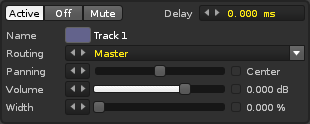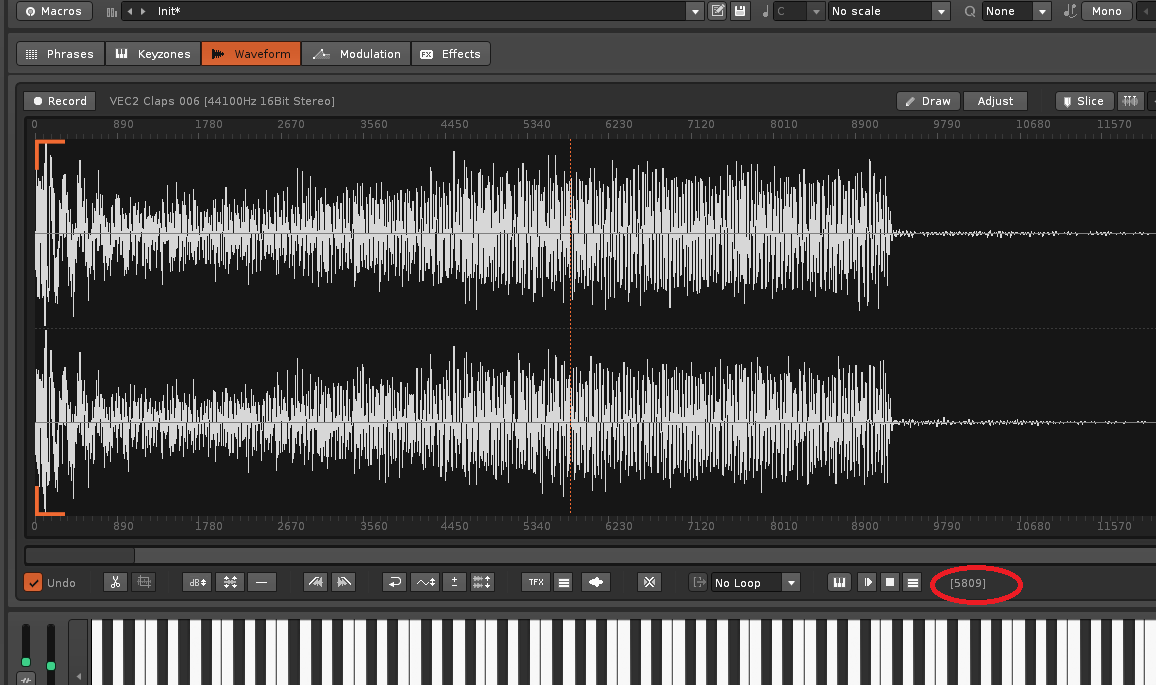Really offering compatibility for the mouse wheel should be easy to implement. In fact, there should be full compatibility from the API for the use of a standard mouse: Here is the base list of what you should implement:
- Left button.
- Right button.
- Central button (wheel).
- Up (wheel).
- Down (wheel).
This only @taktik can implement it and he will know which will be the best way. The vast majority of mouses on the market have this “standard design”, as minimum.
Currently, the API only allows you to use the left button (and the rest of the buttons, right and center as if they were the left button.)
Only some specific objects defined in the API react differently to other mouse controls. This reminds me of the deficiencies of the xypad, which does not allow you to control the speed of the mouse pointer, making it useless.
Renoise seems to be very thought for keyboard commands, and is too abandoned for mouse control. Fortunately, in the API6 version for Renoise 3.2.0, it has greatly improved with the use of modifier commands with the mouse combination.
…
Speaking only for controls for touch screens. It is possible to generate 2 buttons that act as “press and hold”. In this way, you can navigate very easily up or down (or right or left), in any panel that has a list (track (horizontal), sequence (vertical), instrument (vertical) … or line (vertical)).
The only problem is the same as always: you need a floating window. Renoise does not offer an integrated panel so that programmers can easily enter into an integrated frame buttons and other API controls. I have always wanted a lower panel of fixed size, such as the track DSP panel, to be able to integrate API tools there. This would do all the work. Select the panel from the touch screen. A crosshead or something similar will appear. There you can easily scroll through the entire Renoise interface, at least the most basic navigation (track - sequence - instrument - line).
If @taktik made an effort to meet some demands of the programmers, we would achieve many things. Unfortunately, this software is a niche, and there really aren’t many tools programmers interested in Renoise. Probably for that reason, he does not receive the affection or the time necessary to implement all these things, which from a general point of view, are always secondary.



